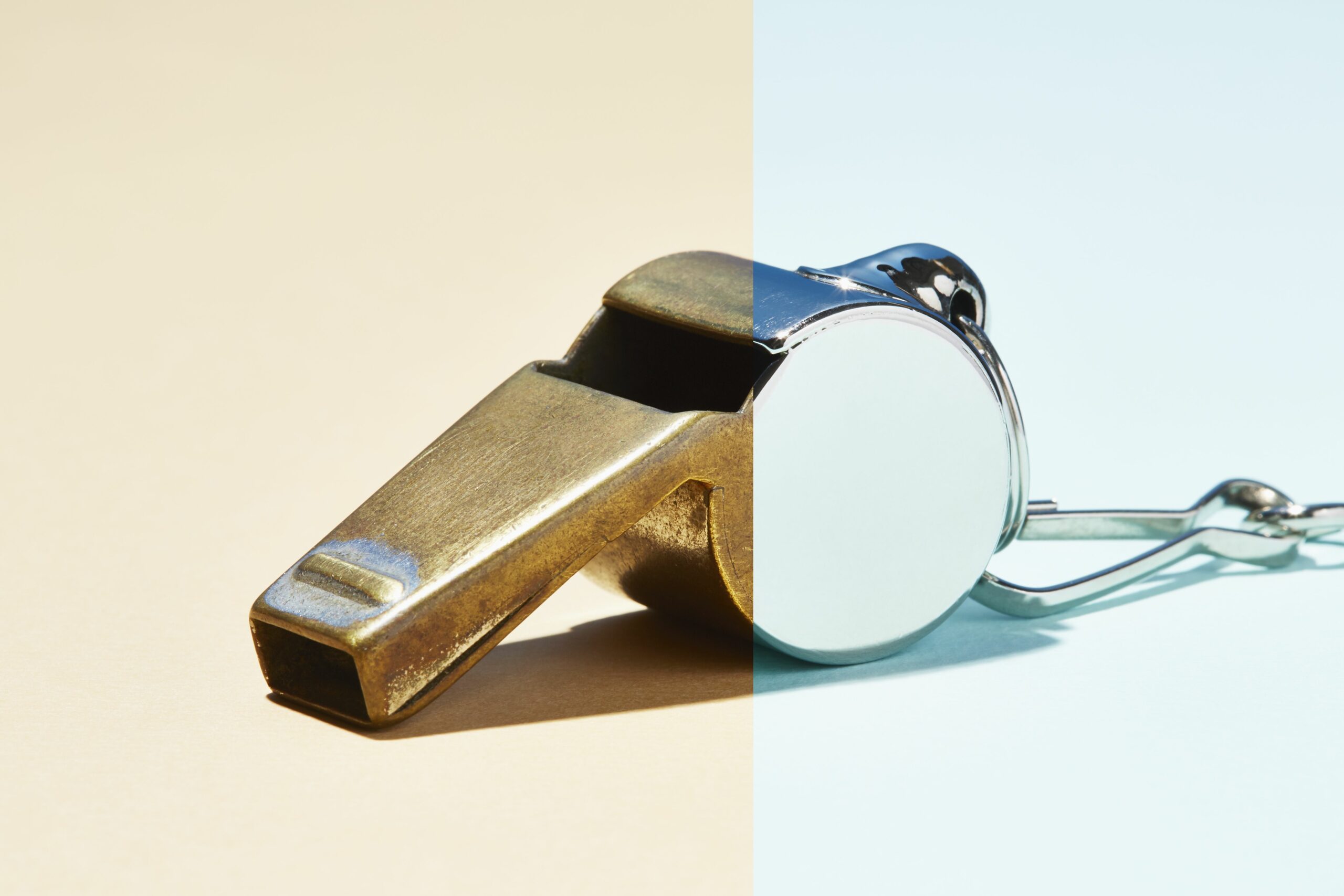
It’s late afternoon when you feel it coming on: that telltale throbbing on one side of your head, the nausea, the dizziness. Suddenly, the overhead lights seem unbearably bright, and the clacking of your keyboard is jackhammer-loud. You message the boss (“leaving early again”), then head home and retreat to a dark, quiet room to ride out yet another migraine.
If you’ve missed work or skipped out on social events due to the condition, you know how disruptive it can be. “Migraine is a serious and highly disabling neurologic disease,” says Amaal Starling, MD, a headache specialist and associate professor of neurology in Scottsdale, Arizona. “Left undiagnosed and untreated, it can worsen and progress over time and become more severe and disabling.”
It’s also very common, affecting more than 39 million people in the U.S., according to the American Migraine Foundation. Of these, 3 to 5 percent live with chronic migraine, defined as 15 or more headache days per month. Women are up to three times more likely than men to experience migraine, and their attacks tend to be more frequent, more intense, and longer-lasting.
So what is it that makes migraine so uniquely debilitating—beyond the pain itself?
What Migraine Really Does To You
More than just a “bad headache,” migraine is a complex, largely genetic condition involving many systems in the body. The pain stems from abnormal interactions between the brain, blood vessels, and surrounding nerves. “There are a lot of non-pain-related symptoms as well, such as sensitivity to light, sound, smell, and motion, nausea, and brain fog,” Dr. Starling says. Nearly a quarter of people with migraine experience an aura—usually a visual disturbance—right before or during the attack.
A migraine attack is influenced by both biological and environmental factors, unfolds in phases, and can last anywhere from 4 to 72 hours. Triggers vary widely from person to person but often include specific foods (like red wine, nitrates, or aged cheeses), dehydration, hormonal fluctuations, changes in barometric pressure, and poor or irregular sleep.
Stress can play a major role in the onset of migraine too, including the rapid drop in stress hormones that occurs after a high-stress period—a phenomenon known as “let-down migraine,” Dr. Starling explains. This is why symptoms may often arise at the start of a vacation or after a long weekend.
The fallout from migraine is not solely physical. According to research published in a 2019 issue of Headache, the disease negatively affects many important aspects of life, including relationships, career, financial security, and overall health. “It can disrupt your ability to work, care for your family, attend social events, or even get out of bed,” says study author Dawn C. Buse, PhD, a psychologist and clinical professor of neurology in New York.
“And it’s not the attack itself,” she points out. “It’s the anticipation of the next one, the unpredictability, and the effort to avoid triggers that make life feel so restricted.” Not surprisingly given all this, people living with migraine disease have an increased risk of anxiety and depression.
But while migraine can be unpredictable, building a consistent daily routine can help you regain control. Here’s how to create structure, reduce symptoms, and get back to living on your own terms—morning, noon, and night.
Your Migraine Plan Starts Here
Migraine management begins with a personalized plan from your healthcare provider. It typically includes acute treatments (for when an attack strikes) and preventive treatments (to reduce frequency and severity), Dr. Starling says: “Individuals who have four or more migraine days per month will need a prescription medication to manage the underlying disease and prevent it from progressing.”
But medication is just one piece of the puzzle, Buse says. “Maintaining overall routine and regularity in daily habits—such as the consistent timing of sleep, meals, exercise, and relaxation—can help to stabilize biological rhythms and reduce migraine susceptibility,” she says
She and other experts subscribe to the “SEEDS for Success” model: Sleep, Eat, Exercise, Diary (to track triggers), and Stress. Each signifies an area of support for raising your migraine threshold. By making your brain and nervous system more resilient overall, you’ll become less likely to tip into a migraine even when you’re exposed to a trigger. “Basically, you want to keep everything—sleep, meals, hydration, exercise, and stress levels—on an even keel,” Dr. Starling says.
There’s no universal “migraine hour” or specific time of day when attacks are most likely to occur, she adds. So the first step to gaining control is understanding when you’re most vulnerable to migraine, and why. From there, create a daily checklist, incorporating these healthy habits:
Morning: Set A Stable Foundation
- Wake up at the same time every day. Maintaining a consistent sleep and wake schedule, even on weekends, supports circadian-rhythm stability. Aim for seven to nine hours of quality zzz’s per night.
- Eat breakfast. A recent review of studies found that fasting and skipping meals, particularly breakfast, can trigger migraines by reducing brain glucose levels. Instead, opt for healthy, balanced meals at the same time every morning.
- Get moving. “Moderate aerobic exercise, performed consistently, has been shown to reduce the frequency, intensity, and duration of migraine attacks,” Buse says. Physical activity can also ease stress and improve sleep—thus addressing, of course, two known migraine triggers. Start slow, engaging in low-impact activities like walking, biking, or swimming for 20 to 30 minutes three to five times a week. The exercise doesn’t have to be performed in the morning, though for many people this time of day is their best opportunity to get it done.
Afternoon: Build Resilience
- Hydrate. Dehydration is a trigger for one third of people with migraine. Keep a water bottle with you, and sip often throughout the day. If you drink caffeine, stick with one or two servings a day and keep the timing consistent.
- Take a stress break. Even brief periods of relaxation can help keep stress hormones from yo-yoing. Set aside a quiet moment for some deep breathing or meditation. Or calm your nervous system with a biofeedback app.
- Soothe your senses. To prevent sensory overload as the day progresses, take screen breaks, dim the brightness on your monitor, and wear sunglasses outside. Can’t stand the sound of your neighbor’s lawn mower or the voice of your chatty co-worker? Noise-cancelling headphones can be a game-changer.
Evening: Wind Down Wisely
- Watch what you eat and drink. Avoid eating heavy or spicy meals close to bedtime, and monitor your alcohol intake. Even if it’s not a migraine trigger, imbibing can interfere with the deep, restorative sleep that’s so important.
- Establish a digital curfew. The blue light and stimulation from screens can “suppress melatonin production and delay sleep onset,” Buse says. Power down at least 30 to 60 minutes before turning in.
- Prioritize sleep hygiene. “Your bedroom should be cool, dark, and quiet,” says Buse, who suggests “blackout curtains, white-noise machines, and earplugs as needed.” Engage in a regular bedtime routine (think gentle stretching, a warm bath, or reading) to signal your brain that it’s time to sleep.
Migraine-Management Bottom Line
Finding your rhythm with chronic migraine isn’t about eliminating every attack. It’s about reducing your susceptibility by creating stability and minimizing disruptions. Over time, with consistent, healthy habits, you can live the life you want to lead—with migraine disease firmly in the background.




Post Comment